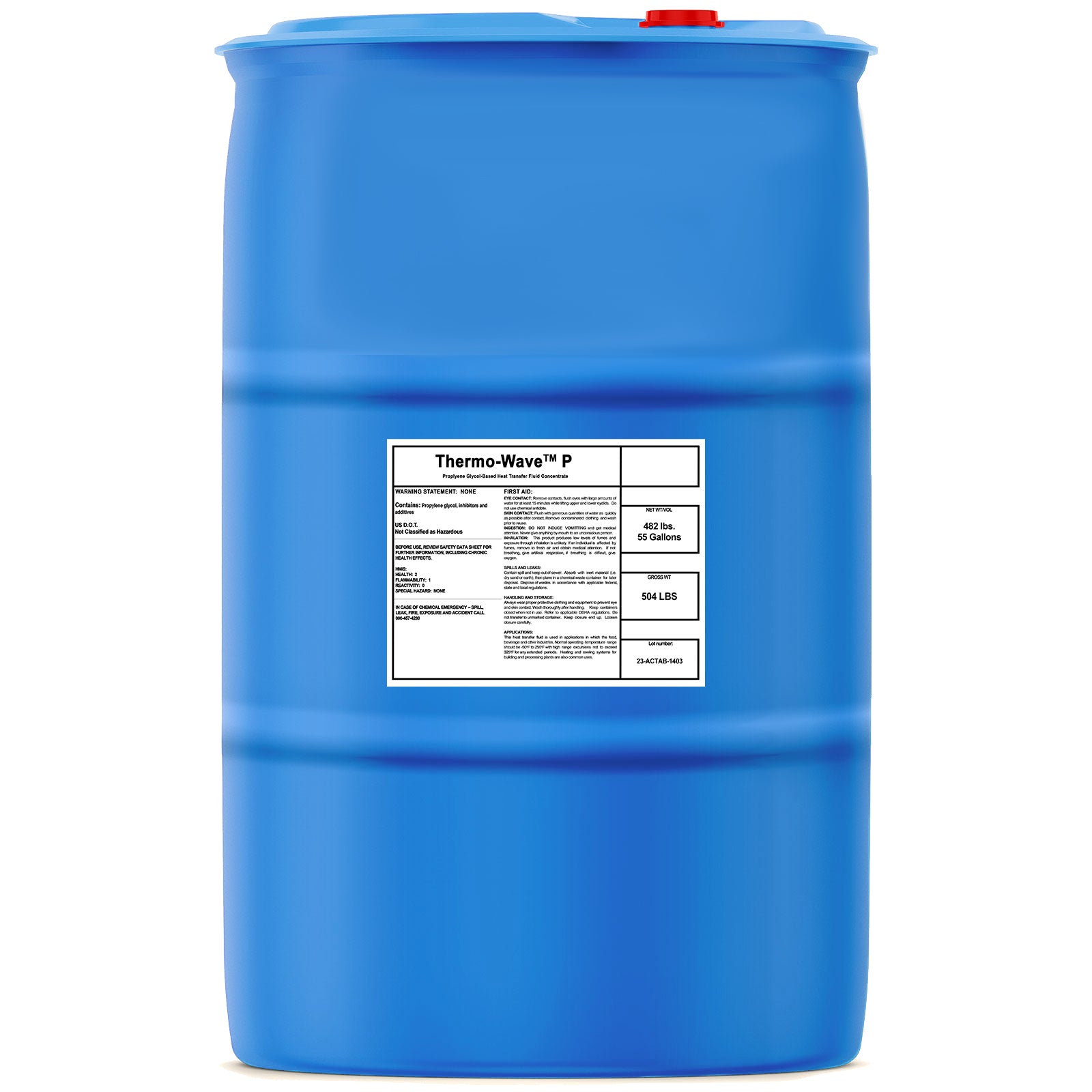Leading Factors To Consider for Choosing the Right Heat Transfer Fluid for Your Requirements
Leading Factors To Consider for Choosing the Right Heat Transfer Fluid for Your Requirements
Blog Article
Why Heat Transfer Fluid Is Necessary for Optimizing Power Transfer in Equipment
The function of warm transfer liquids in maximizing power transfer is pivotal for achieving reliable thermal monitoring across various industrial markets. These fluids assist in smooth heat exchange, guaranteeing procedures run within ideal temperature level varieties and alleviating the danger of overheating. Their choice, based on factors like thickness and thermal stability, directly influences the performance and sustainability of a system. The intricacies of picking the best liquid are commonly undervalued. What are the crucial considerations for this selection, and how do they impact both financial performance and environmental responsibility in commercial applications?

Duty in Thermal Management
Warm transfer liquids play an important duty in thermal monitoring by efficiently regulating temperatures in different industrial processes and systems. These specialized fluids assist in the transfer of warm between various elements, guaranteeing ideal operating conditions and stopping getting too hot. By preserving precise temperature level control, heat transfer liquids make it possible for sectors such as chemical production, oil and gas, and power generation to operate safely and efficiently.
The selection of an appropriate warm transfer fluid depends on several variables, consisting of thermal security, warmth capacity, and viscosity. High thermal stability makes sure that the fluid can hold up against extreme temperatures without breaking down, while a high warmth ability permits it to soak up and launch substantial amounts of heat - heat transfer fluid. Low viscosity decreases the energy needed for pumping, adding to overall system effectiveness
In addition, heat transfer liquids are indispensable in applications like refrigeration, where they aid absorb and dissipate heat during the cooling cycle. In solar thermal power systems, these fluids capture and transport solar warmth to create electrical power or provide warm water. Their flexibility to varied operating problems and capability to keep regular thermal performance highlight their value in commercial thermal monitoring, promoting functional connection and improving security procedures.

Enhancing System Effectiveness
To make the most of the advantages of thermal management, improving system performance via the strategic usage of warm transfer fluids is vital. By keeping optimum temperature levels, warmth transfer liquids help make sure that systems operate within their made specifications, consequently avoiding overheating and decreasing the risk of component failure.

Sorts Of Warmth Transfer Fluids
The variety of heat transfer fluids highlights their essential duty in my site a series of commercial applications, each customized to fulfill specific thermal management requirements. These liquids help with efficient power transfer and are picked based on key buildings such as thermal security, viscosity, and warm capability. The main kinds include water, glycol options, oils, and synthetics, each offering distinct benefits.
Water is the most common warm transfer medium as a result of its high particular heat capacity and reduced expense. Its usage is limited by its cold and boiling factors. Glycol mixtures, frequently utilized in heating and cooling systems, provide a reduced cold factor, including adaptability in numerous environments. Mineral oils are preferred for their thermal security and non-corrosive nature, making them appropriate for high-temperature applications.

Synthetic liquids, including silicone and aromatic compounds, supply phenomenal thermal stability and are used in atmospheres demanding extreme temperature ranges. These liquids make check certain superior efficiency in systems where conventional liquids might fail. The option of a heat transfer fluid is critical, as it influences system effectiveness, security, and long life. Each kind should be selected to straighten with the operational demands and the particular conditions of the application it serves.
Environmental and Economic Conveniences
Using the best warmth transfer fluids offers substantial environmental and economic benefits for commercial operations. Environmentally friendly heat transfer fluids, usually naturally degradable and non-toxic, decrease the threat of soil and water contamination in the event of leaks or spills, thereby safeguarding environments and abiding with rigorous ecological laws.
Economically, the ideal warm transfer liquid can considerably reduce operational costs. Liquids with extensive lifecycle performance lower the regularity of replacements and maintenance, decreasing downtime and associated expenses. Overall, the tactical use of ideal warm transfer fluids supports lasting financial growth and environmental stewardship.
Picking the Right Liquid
Just how does one browse the complicated process of picking the best heat transfer fluid for commercial applications? Thermal stability makes sure the fluid can stand up to high temperatures without weakening, while compatibility prevents deterioration or various other harmful reactions with system parts.
In addition, the liquid's warmth capability and thickness are extremely important. A high warm ability allows the fluid to soak up and see here move more power, boosting performance. Optimum viscosity guarantees marginal pump job and effective warm transfer, especially in differing temperature levels. Environmental and security aspects should also belong to the decision-making process. Non-toxic, naturally degradable fluids lower ecological impact and conform with governing standards, decreasing liability dangers.
Conclusion
The strategic option and application of warm transfer liquids are basic to maximizing power transfer throughout different systems. By making sure high thermal security and ability, these fluids provide specific temperature level control and improve general system performance. This optimization adds to lowered operational costs and reduced greenhouse gas discharges, hence advertising sustainability. The selection of fluid, customized to certain thickness and functional demands, is critical for optimizing efficiency and attaining economic and environmental benefits in commercial processes.
Report this page